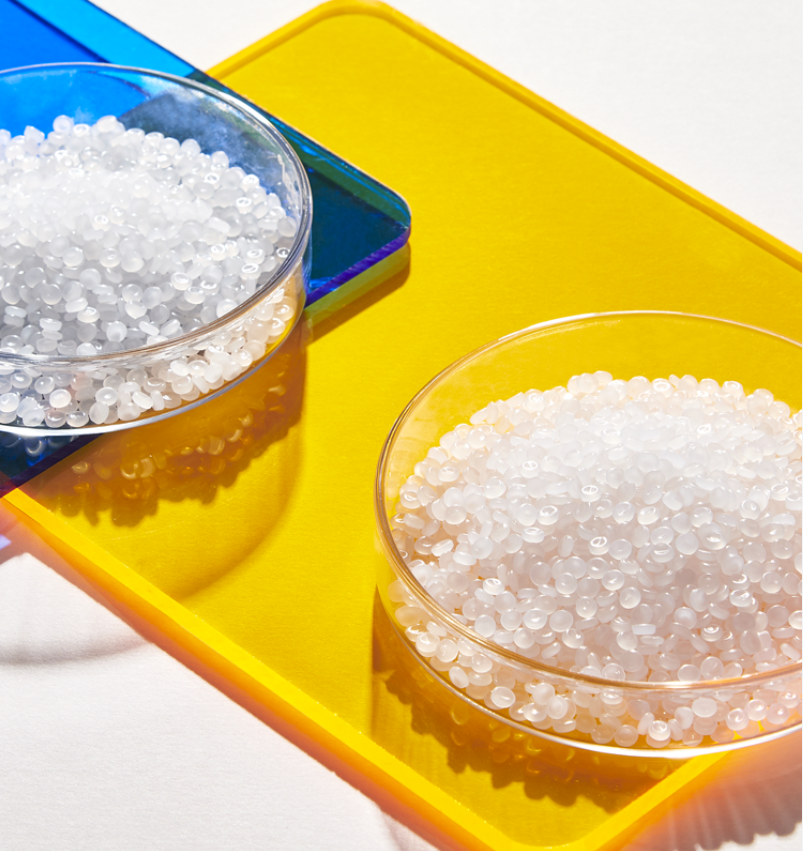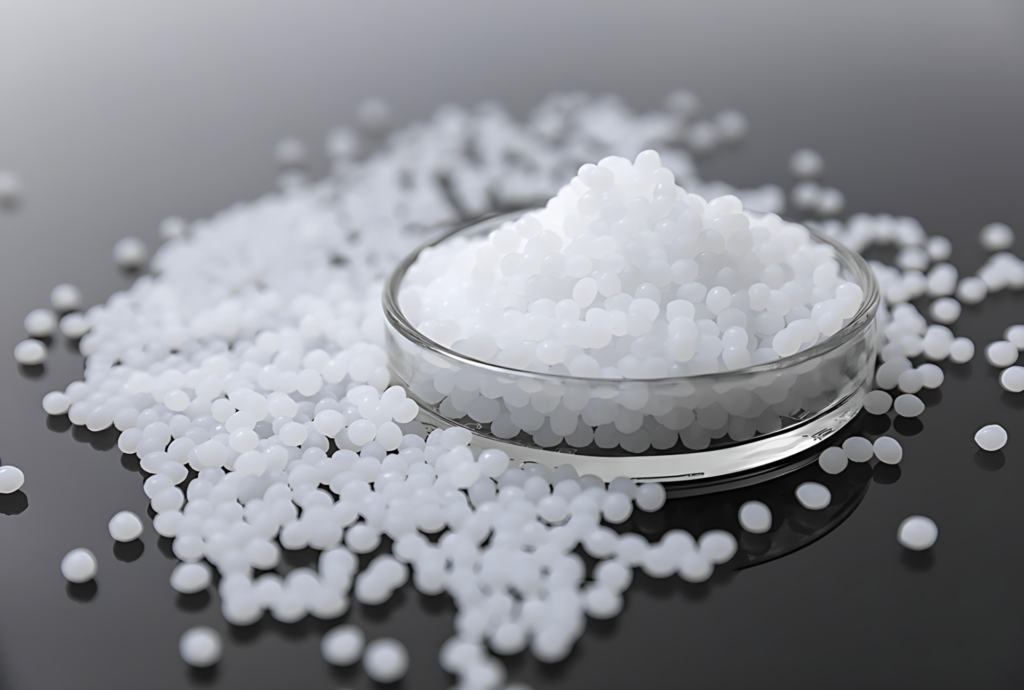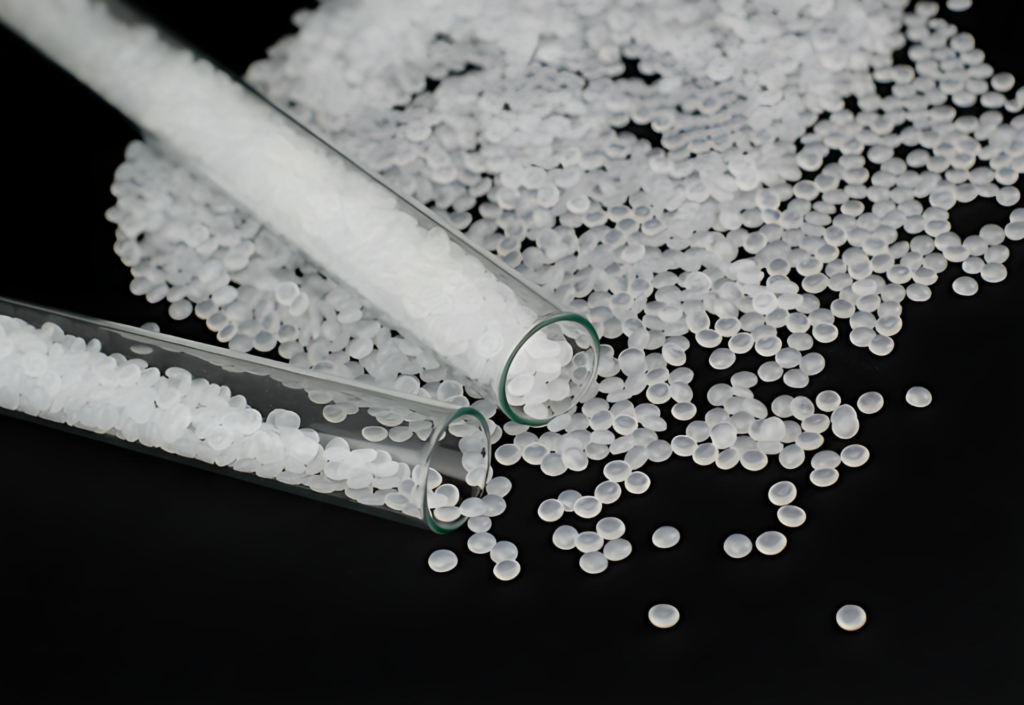The future of LDPE plastic is evolving with technical and sustainability developments. Technical innovations in the use of LDPE target reducing environmental effects while maintaining performance.

Bio-Based LDPE
A significant development is the rise of bio-based LDPE, produced from renewable resources like sugarcane.
These alternatives reduce dependence on petroleum-based raw materials and help lower overall carbon footprints while retaining the essential physical properties of conventional LDPE.
Recycling of LDPE
Recycling remains one of the most crucial paths forward.
Both mechanical recycling and chemical recycling methods are being optimized to recover high-quality LDPE resins.
These processes reduce landfill waste and energy consumption while enabling a closed-loop system that aligns with circular economy goals.

Biodegradable Additives
Research is also accelerating in the field of biodegradable additives.These additives are designed to break down LDPE faster under specific environmental conditions, especially in landfills or composting facilities, helping to address its long degradation time.
Conclusion

Low-density polyethylene (LDPE) is an inexpensive and durable plastic that is used in packaging, agriculture, and pharmaceutical industries. Provided it is treated appropriately, it is non-biodegradable but recyclable, thus ideal for plastic manufacturing firms, but it has environmental risks. While reducing the use of LDPE plastic products is the ultimate goal, there is a shift towards sustainable manufacturing through efficient recycling procedures. The processing of LDPE products like LDPE film have various benefits. Recycling LDPE products and the use of recycled polymers is the shift that all industries require to play their part in contributing to a circular economy.
